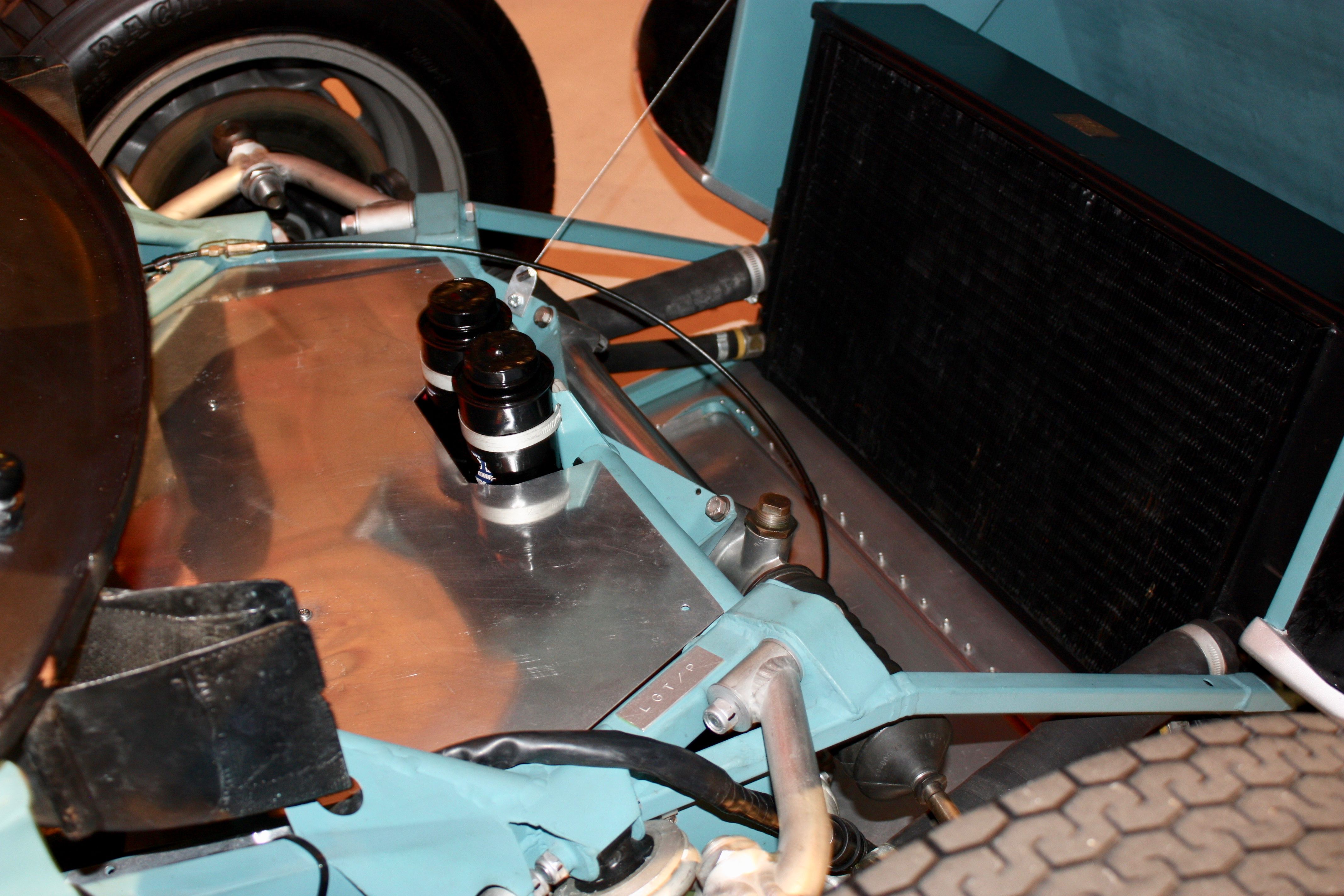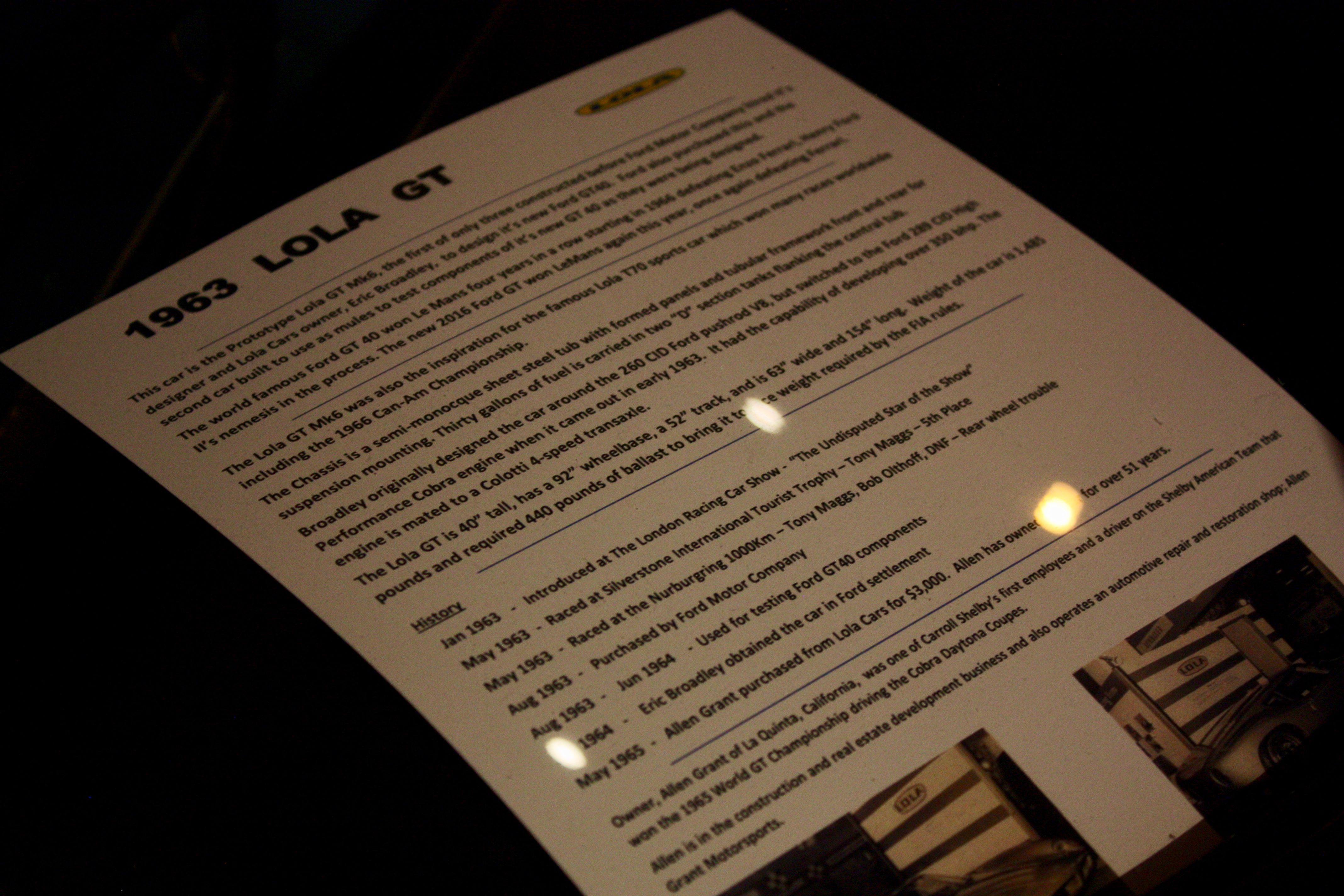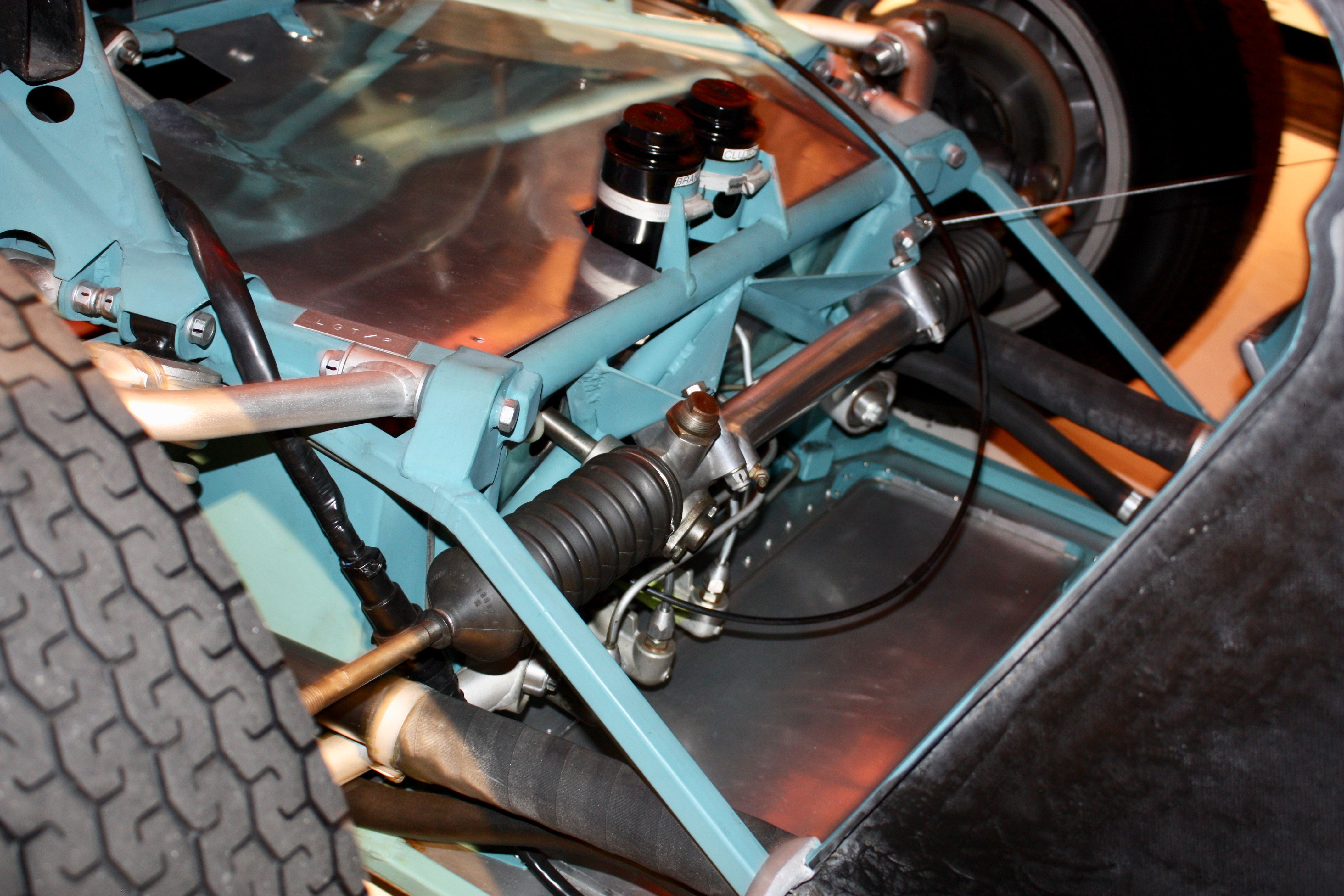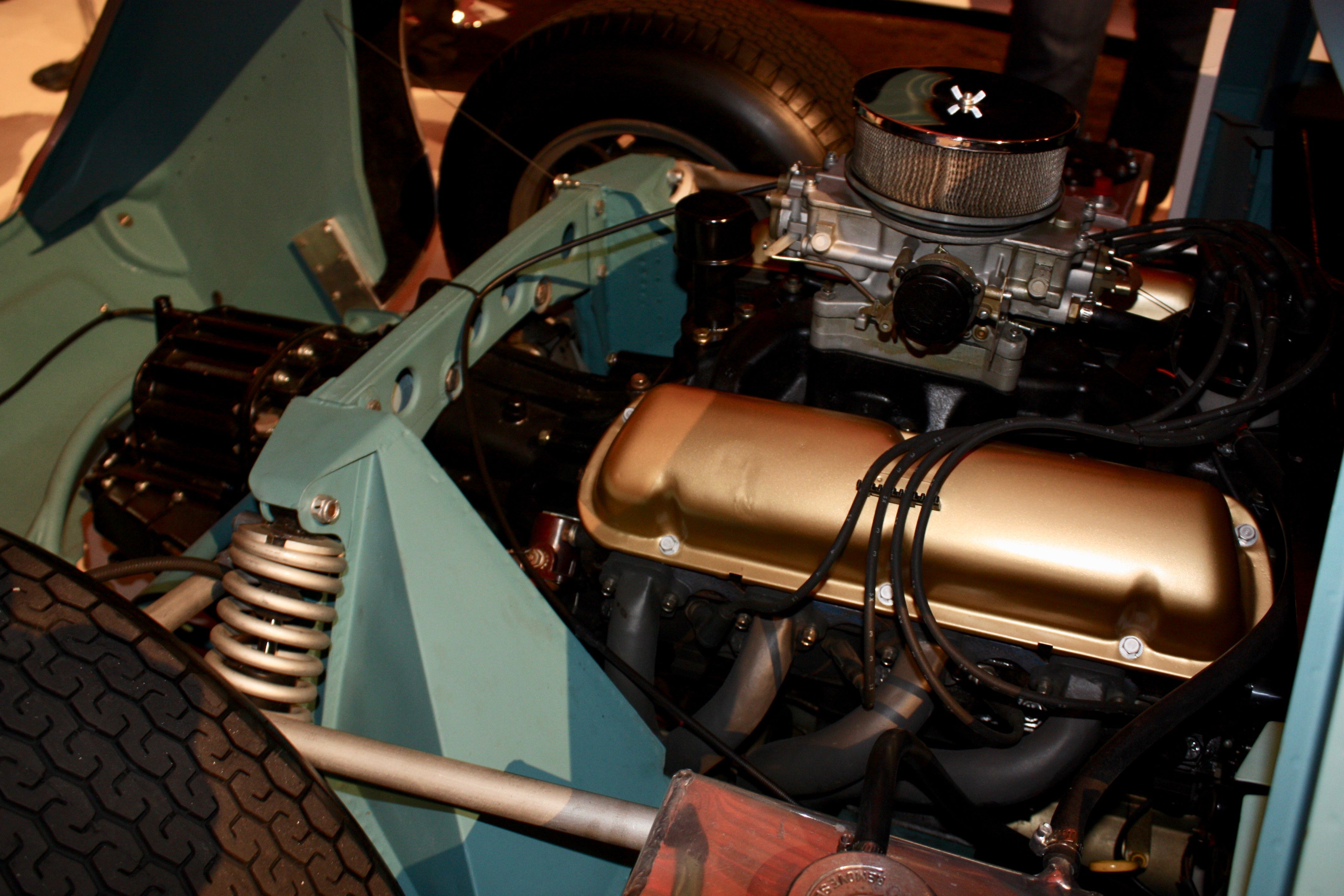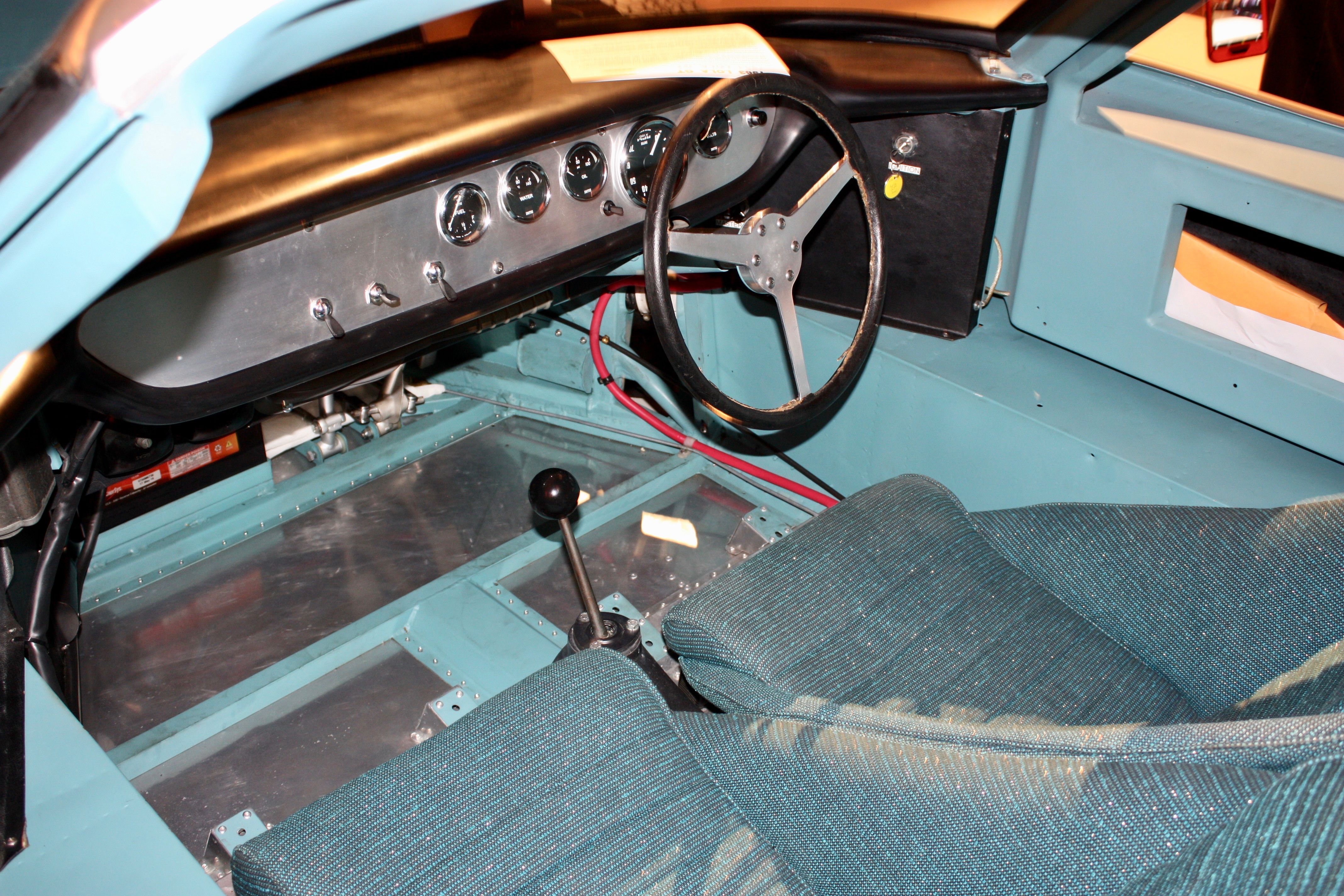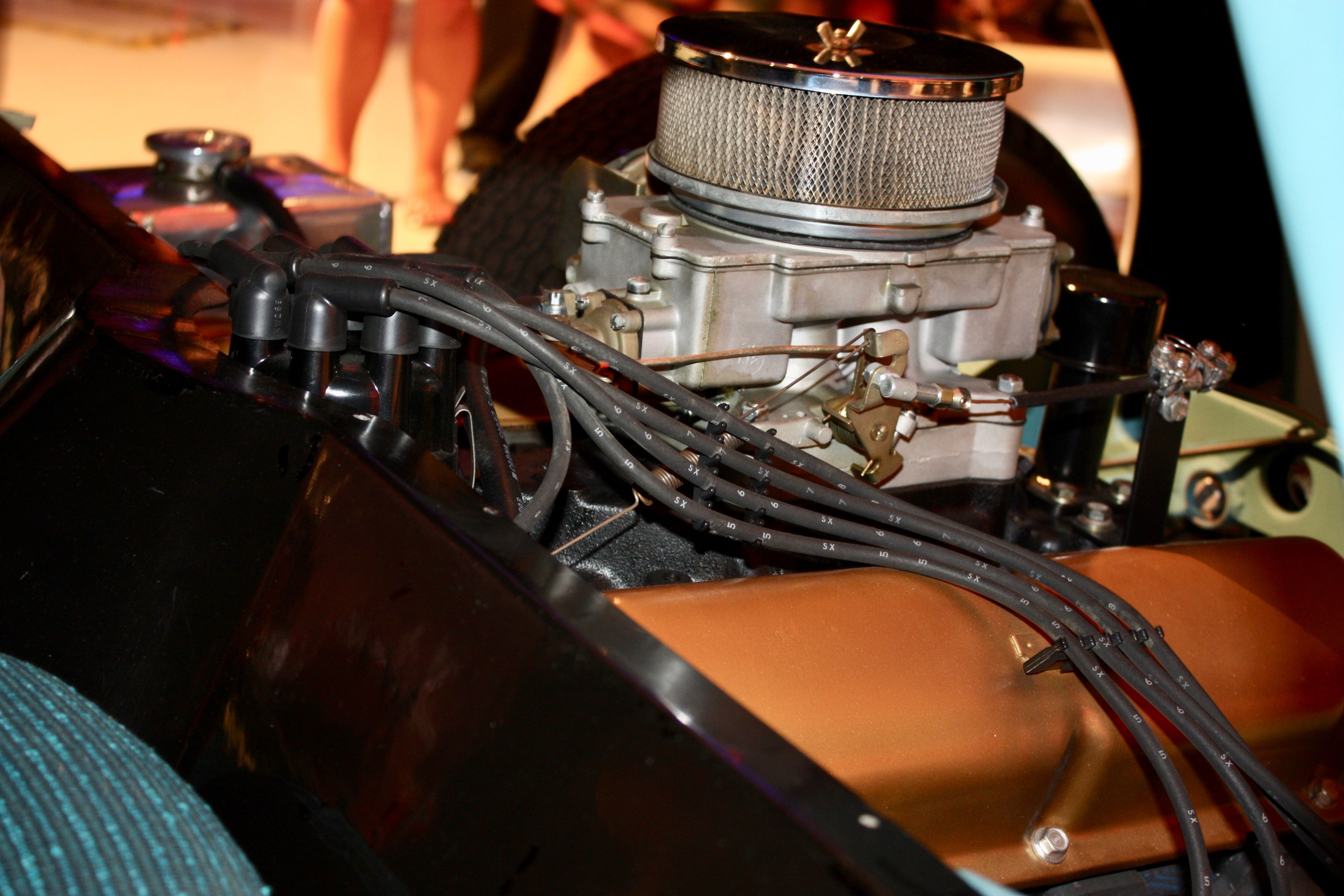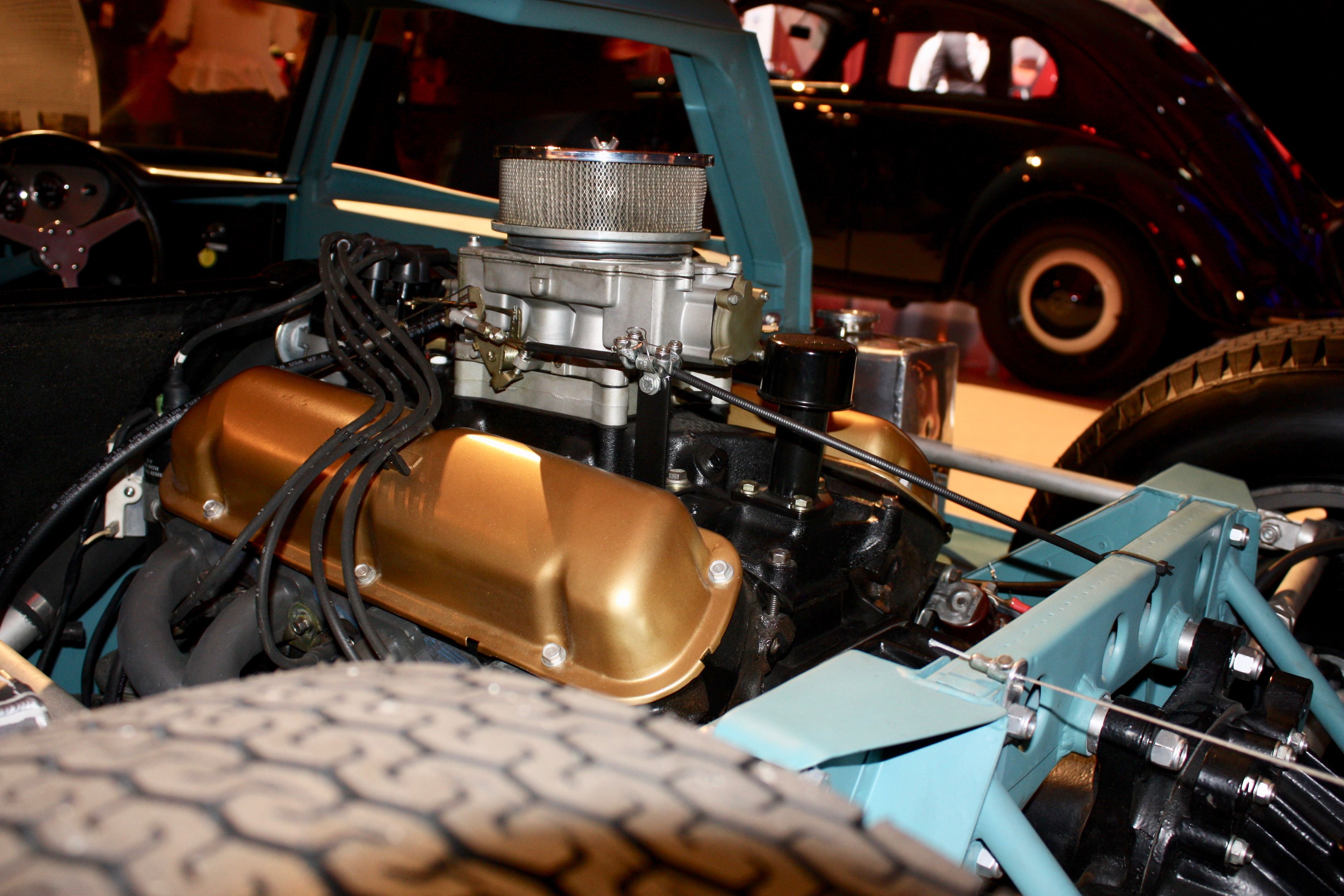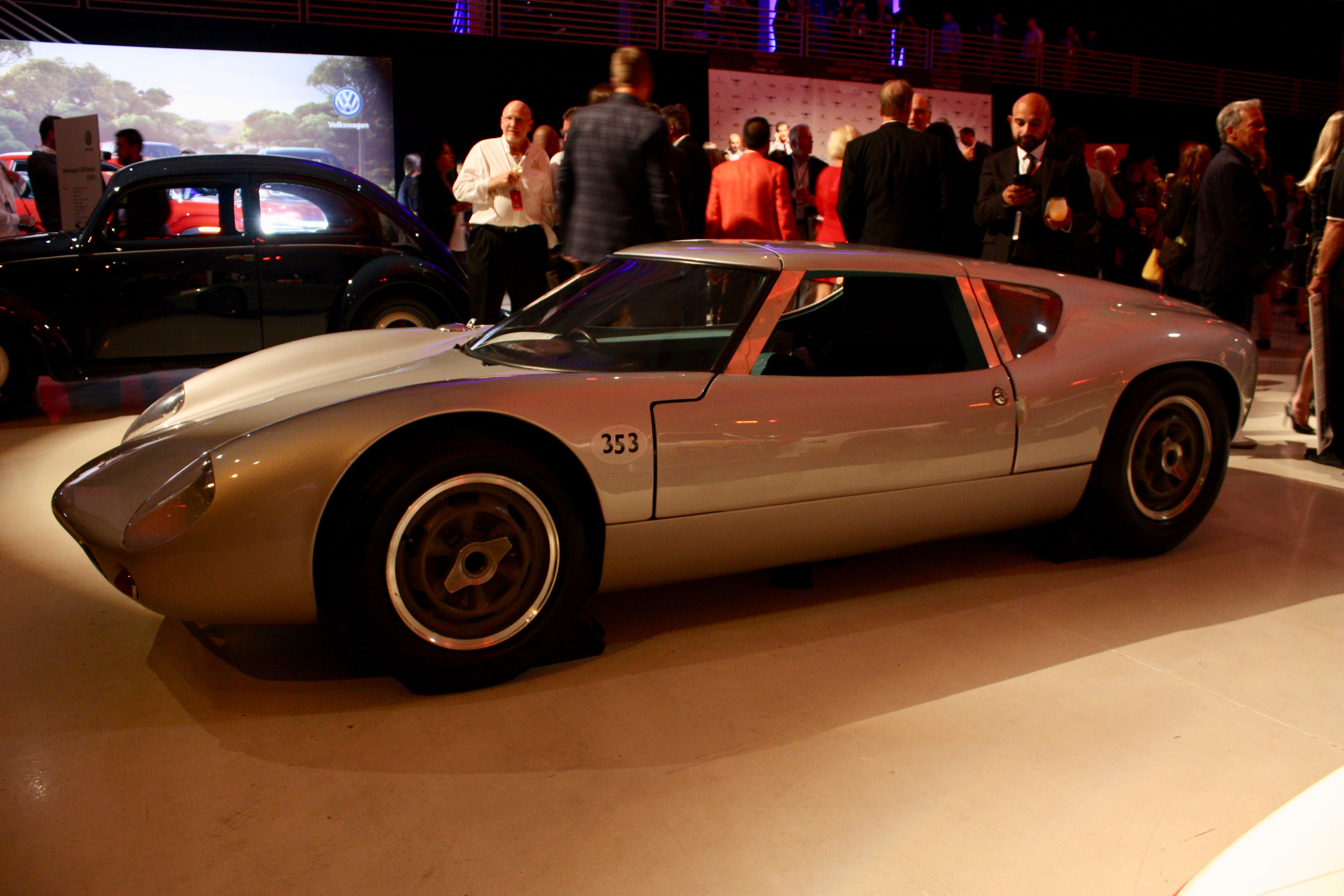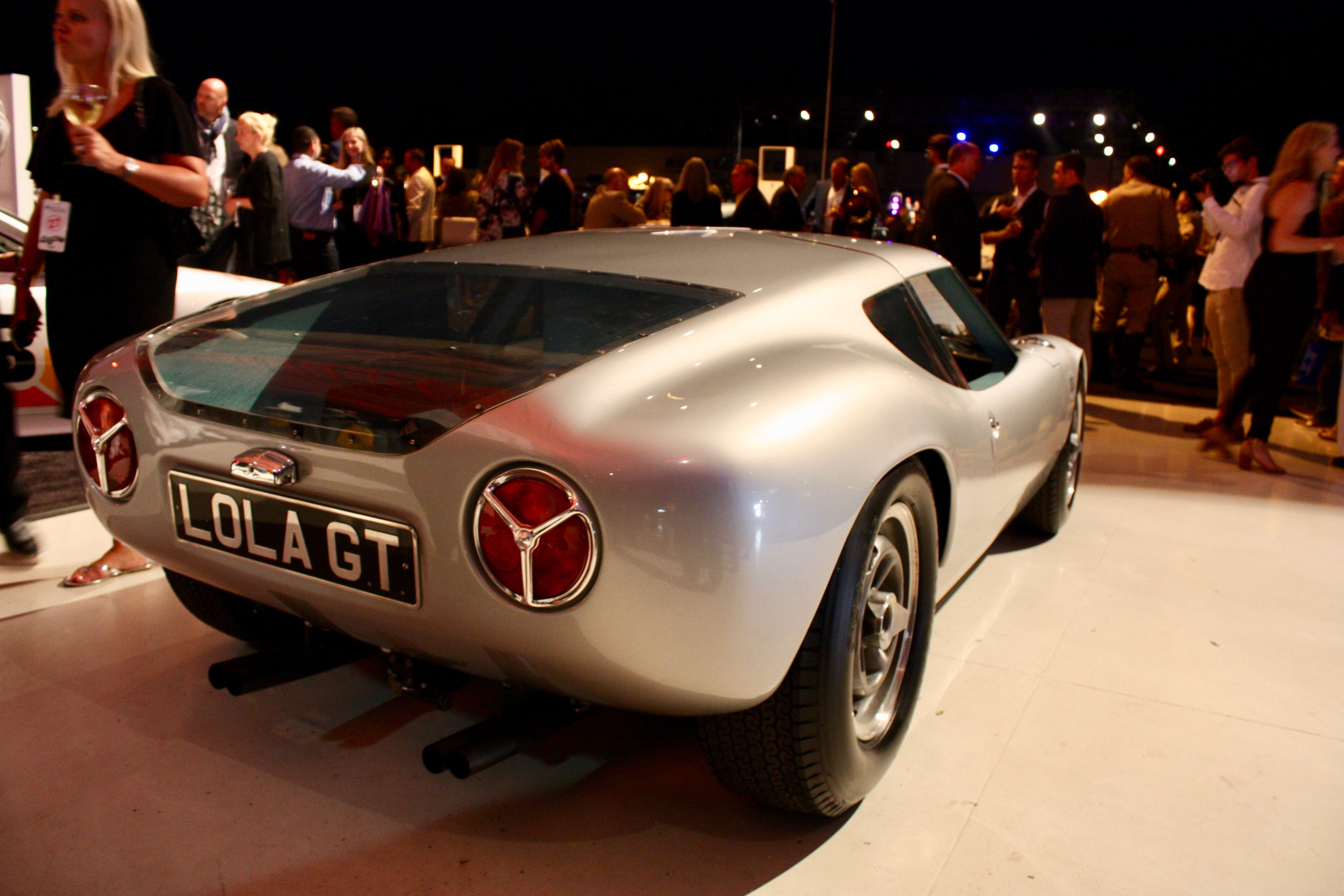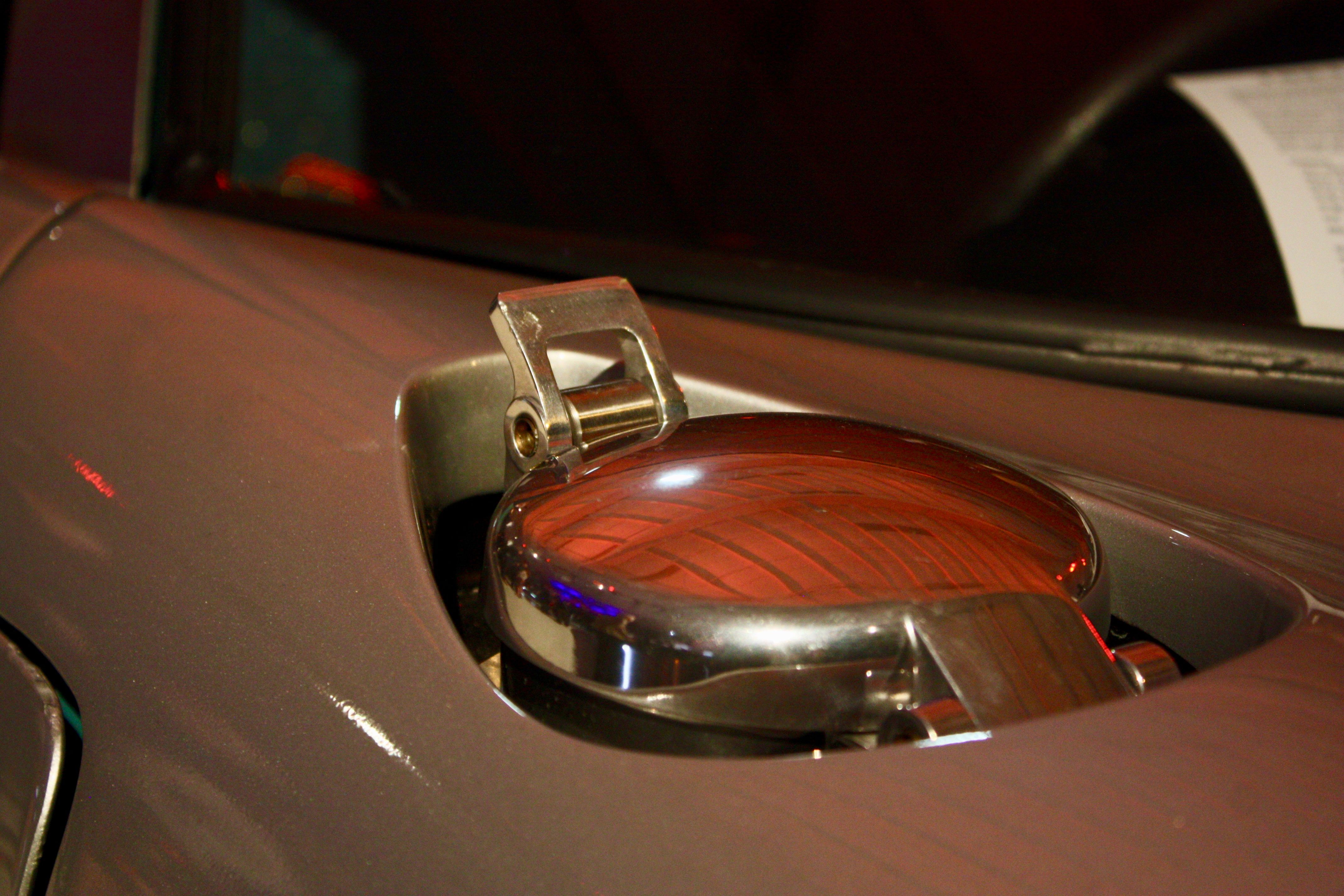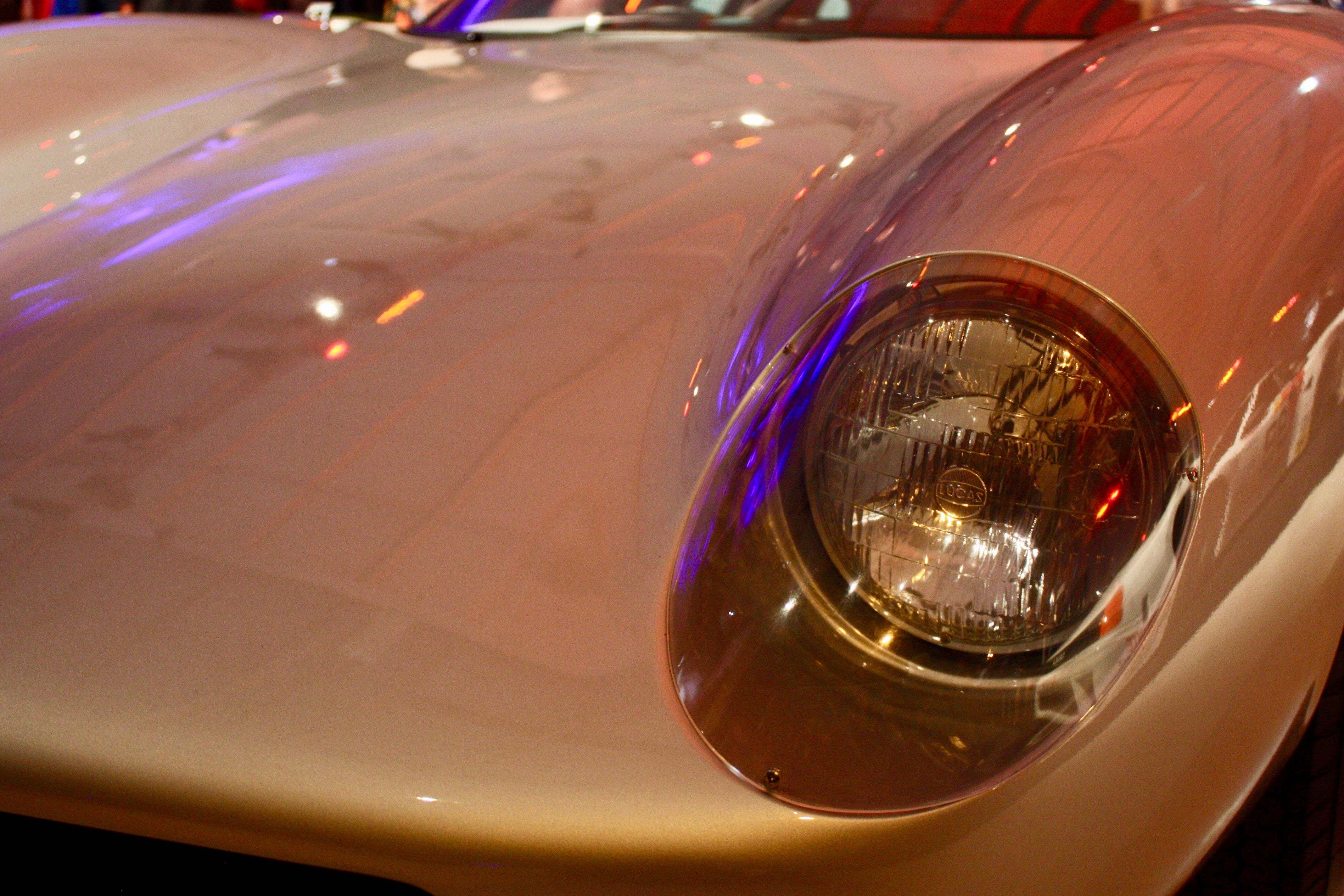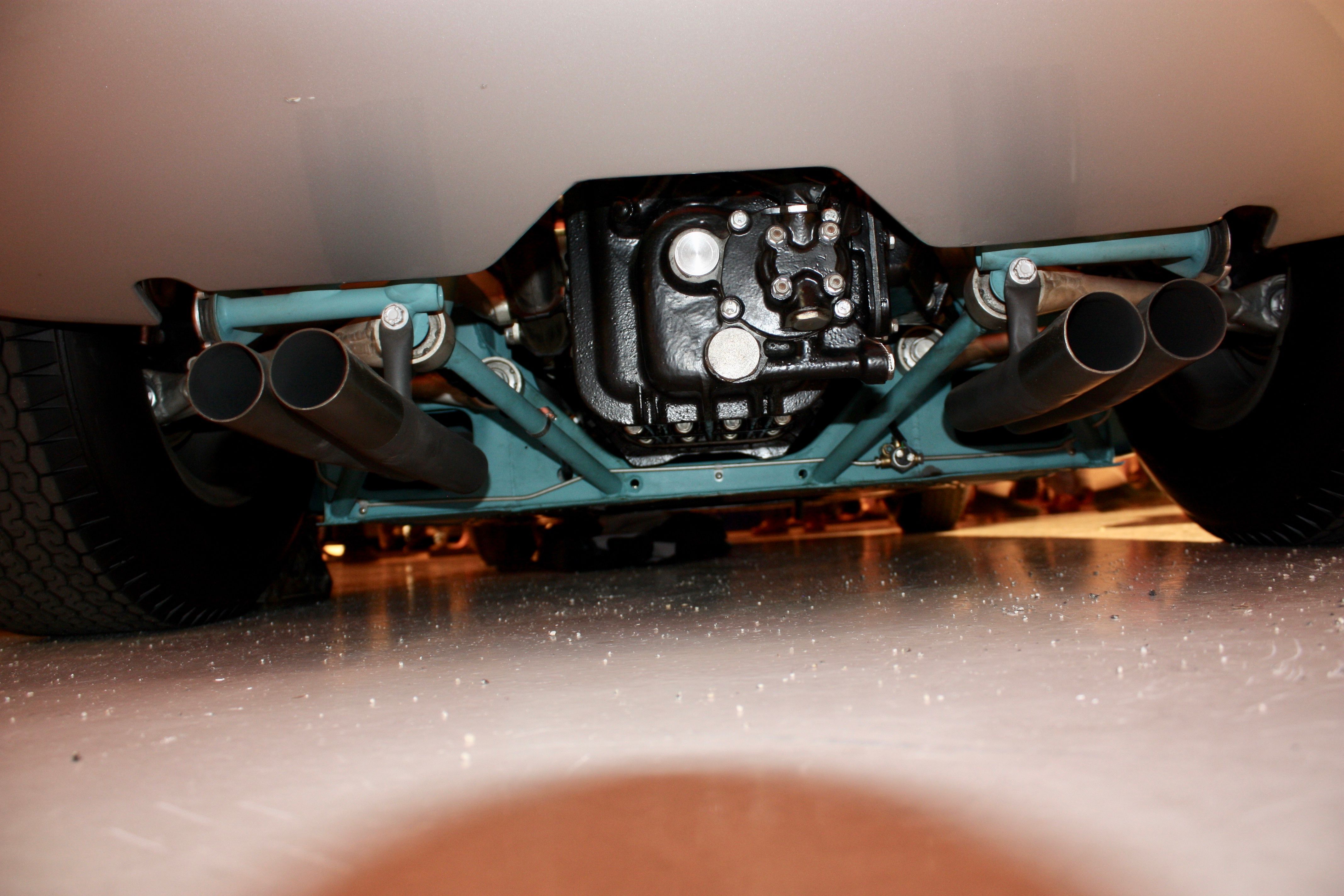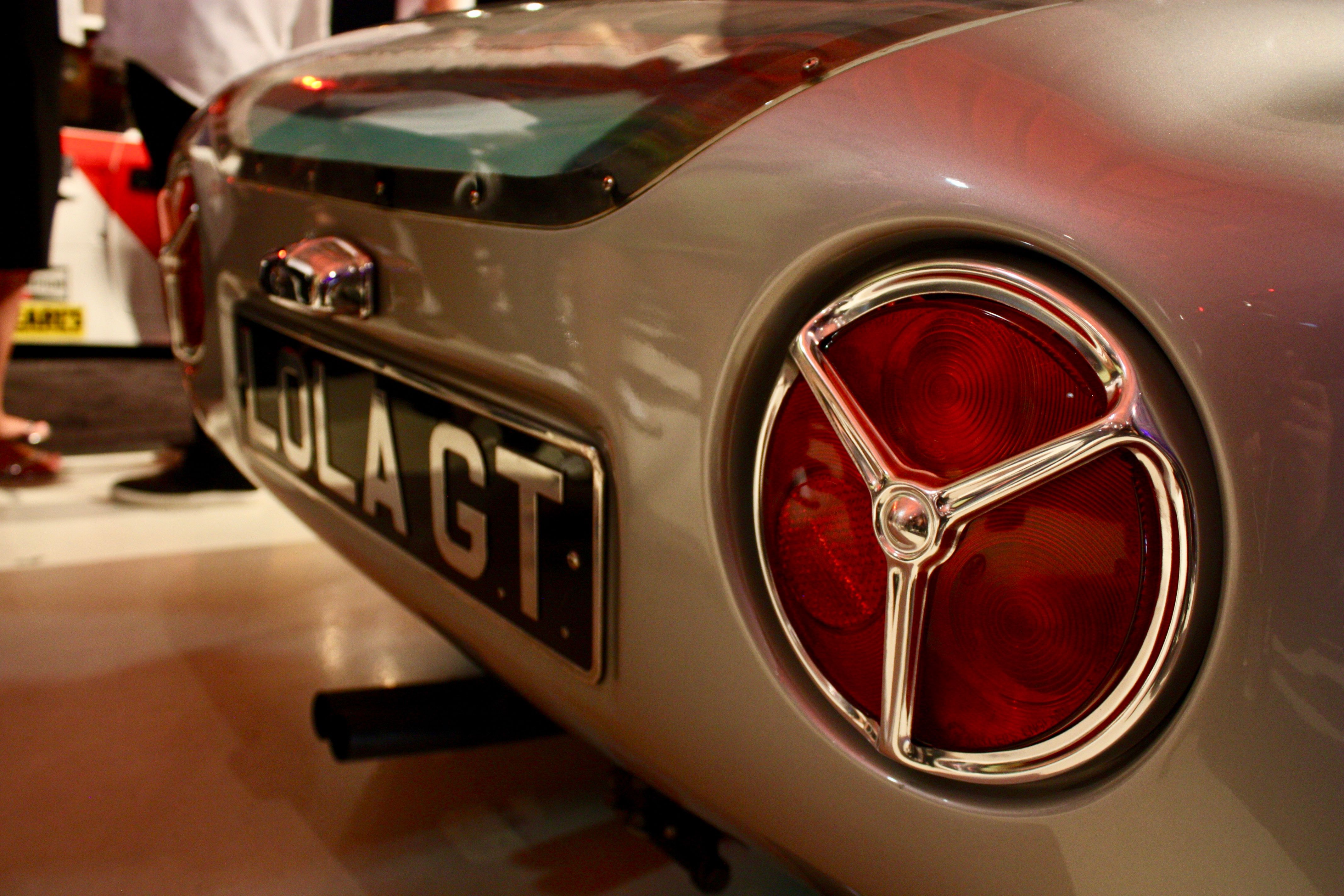The Lola Mk. 6 GT is genuine cornerstone material in the racing world as it laid the groundwork for what would become Ford’s answer to Ferrari: the GT40. It was also one of the first mid-engined GT sports cars to race at Le Mans, its philosophy transforming into the go-to recipe for endurance racers for years to follow.
This year, we celebrated 50 years since Ford’s third win on the trot at Le Mans. One more was on the cards for the following year, and all was possible because of Eric Broadley’s Lola Mk. 6 GT which debuted at London’s Olympia Racing Car Show in January of 1963. It was a sleek, yet simple design that blazed a trail that many would follow in the construction of purposeful endurance sports cars as well as many road cars that we now look at and consider the forefathers of the supercar.
It all happened thanks to a change in the regulations of the rebadged World Sports Car Championship, which would be known as the International Championship for GT Manufacturers for 1962. This rebranding exercise also led the way to FISA launching a new class for Experimental Grand Touring cars. These were, in effect, closed-top sports racers that didn’t need to worry about any homologation requirements that were in line for production-based machinery. While still retaining the GT moniker, these were, for all intents and purposes, prototypes that had to retain some degree of roadworthiness to be road legal.
This was very much the case with the Mk. 6 GT which, in innovative fashion, featured monocoque construction, although it wasn’t a “full monocoque.” Another innovation laid in the construction of the bodywork which was made entirely out of fiberglass, something quite uncommon at the time. For all the stir int produced upon launch, the Mk. 6 GT fell short on its promises, Broadley’s limited pockets effectively cutting the wings of his new design which seldom showed up at a race meeting, and when it did it never lasted too long.
Only three of these cars were ever made and, thankfully, all survive to this day. While you may think they are only a footnote in the Ford vs. Ferrari saga, if it weren’t for Lola raising Henry Ford II’s eyebrows at Le Mans 55 years ago, we may never have gotten the GT40 the way we know it today. Yes, the follow-up Lola T70 is the much more revered design, and the Ford GT40 is the one that gathered all the accolades in the winner’s circle, but the Mk. 6 GT deserves to lavish in much more attention than it gets for the pioneering act that it is.
Keep reading to learn more about the Lola Mk. 6 GT and its intricate history and historical relevance.
1963 Lola GT
- Make: Array
- Model: 1963 Lola GT
- [do not use] Vehicle Model: Array
Exterior
Simplicity is the norm when it comes to the exterior of the Mk. 6 GT. Its clean lines speak of a purposeful machine, but not loudly, not boldly, but via the finesse of the sculpted nose, the low profile and the Kamm-style rear end. It’s a pattern that’s been followed by many over the years, but on this Lola, we see it in its infancy. The man behind much of the design of the exterior is John Frayling who also penned the Lotus Elite.
The first chassis that was shown to the public at the Olympia Racing Car Show was wheeled in without the aid of an engine, so the body was truly unmolested by any cooling holes. These came later, mainly at the rear and on the back wheel arches, as the car went racing. Akin to the GT40, the Mk. 6 GT sits at just 40 inches tall. Also similar to the GT40, the doors of the Lola form part of the car’s roof, supposedly for easier access during pit stops.
The rear end lifts off to reveal the engine and transaxle, but both of these can be seen in all their glory with the rear end shut because there’s a large Plexiglas window in place just for that. The driver’s activation of the brakes is signaled on the outside by a pair of Ford Cortina Mk. 1 taillights, which happen to be one of the most striking design elements on the Mk. 6 GT.
Although both chassis number one, known as LGT-1, and the prototype, known as LGT-P, were used in the early development work carried out by Lola and Ford Advanced Vehicles, not many traces can be seen in the design of the first GT40 presented to the public in 1964.
1963 Lola GT Exterior Dimensions
|
Weight 816 kg/1,800 lbs |
|
|
Length |
3,912 mm/154 inches |
|
Width |
1,600 mm/63 inches |
|
Height |
1,016 mm/40 inches |
|
Wheelbase |
2,356 mm/92.8 inches |
|
Track (fr/r) |
1308 mm/51.5 in / 1,308 mm/51.5 in |
Interior
The austere interior of the Mk. 6 GT is typical of the era. You’ve got your dials for water temperature and pressure, oil pressure and temperature, the all-important tachometer, and a fuel gauge. Besides these, you find three switches, and that’s about it.
Unlike the GT40, where the gear selector is atop the transmission on the right-hand side, the Lola features a middle-mounted gear shifter. The transition is made via a few wires, and it’s said to be “not the best in the world.” It also was, according to the owner of the prototype, former Shelby American Inc. driver Allen Grant, the Achilles heel for David Hobbs who crashed chassis number one, which had the same arrangement done to it, after missing a gear.
Drivetrain
There were no engine and no transmission aboard the Mk. 6 GT when it was presented in London.
The original Fairlane V8 with its single four-barrel Weber carburetor produced in excess of 260 horsepower while its follow-up was good enough for over 320 horsepower. Meanwhile, the Chevrolet 6.0-liter engine nestled inside LGT-2 was rated at a whopping 530 horsepower. It was also lighter than the Ford engines, which was a slap in the face of Ford at the time. Lola themselves subsequently chose Chevrolet power for the T70 which proved successful right out of the box.
The monocoque construction was made out of steel on the prototype and out of aluminum on the production cars. Tubular subframes supported the engine and transaxle at the rear and the oil and water radiator at the front.
It should have gone as fast as 180 mph but improper gearing, but because the gearbox wasn't suited to road racing as it was conceived for the Lotus 29 Indy car, it never really got past 150 mph on the Mulsanne straight. The LGT-2 car with Chevrolet power might well have been faster but with it crashing at Riverside there are no records of its ultimate top speed.
1963 Lola GT Specifications and Performances
|
Engine |
4.7-liter 289 engine |
|
Configuration |
Ford 90º V8 |
|
Location |
Mid, longitudinally mounted |
|
Construction |
cast-iron block and head |
|
Displacement |
4,727 cc / 288.5 cu in |
|
Bore / Stroke |
101.8 mm (4 in) / 72.9 mm (2.9 in) |
|
Compression |
12.0:1 |
|
Valvetrain |
2 valves / cylinder, OHV |
|
Fuel feed |
4 Weber Carburettors |
|
Aspiration |
Naturally Aspirated |
|
Power |
400 bhp / 298 kW |
|
Torque |
462 Nm / 341 ft lbs |
|
BHP/Liter |
85 bhp / liter |
|
Top Speed (planned) |
180 mph |
Racing History
Richard Attwood and David Hobbs then gave chassis number 1 its debut right at Le Mans. Delays in production faced Broadley with the choice of driving himself to France which almost proved disastrous as the bumpy French road made the front wishbone bushings to loosen up to so much so that Broadley had to pull over and tighten them right up again.
The race didn’t go according to plan.
Chassis LGT-2 debuted in John Mecom, Jr.’s hands in the Guards Trophy at Brands Hatch. Augie Pabst drove it in the race, after learning the track riding shotgun with Broadley in what he described as a harrowing experience. The car’s most significant race victory came at the Nassau Tourist Trophy race in December when the same Augie Pabst came through to beat Mecom’s Corvette Grand Sports, something he wasn’t supposed to do, by his own admission.
Prices
It’s hard to put a price on a car as rare as the Mk. 6 GT. With only three of them made, they’re bound to change hands rather rarely, and when they do, there’s not a lot of market for them out there. That’s because the car in itself would only make sense, from a financial standpoint, to someone who understands its history and heritage.
With that being said, both chassis LGT-1 and LGT-2 have been up for grabs at one time or another in the past two decades.
Competition
Maserati Tipo 151
The Giulio Alfieri-designed T151 was another car built to maximize the opportunities presented by the new Grand Touring Experimental rules. It was, however, much more traditional in construction, the chassis being made up of a trellis-style tube frame. The cars proved fast at Le Mans in both 1962 and 1963, but were unreliable, despite Maserati changing the engine for 1963. A new Breadvan-esque body was conceived by Drogo for 1964 which was tailor-made to go well with further chassis modifications that saw the engine sit lower than ever. All efforts proved, ultimately, futile and the T151 never cut it at Le Mans in either of its iterations. What is more, in 1965, Lloyd Casner lost his life after crashing the last version of the Tipo 151 in practice for Le Mans.
Ferrari 250/275P
The 250P was the first in the long line of Ferrari prototypes designed for endurance racing. Like many of its followers, it was designed by Mauro Forgheri. It had a tubular space frame which was just roomy enough for a longitudinally-mounted V12 just aft of the seats. The 3.0-liter engine was the same as that used on the 250 Testa Rossa. Choosing a beaten path proved fruitful for Ferrari which dominated the 1963 World Championship season and won Le Mans. They returned with the 275P and the 330P (equipped with a Colombo 4.0-liter V12) the following year and repeated the feat. It could’ve been the Lola’s arch nemesis if Broadley would’ve had the funds and the time to develop the GT and go head to head against the Scuderia. Ford did that in his place, however, the T70 managed to beat Ferrari on the odd occasion as well.
Conclusion
The 1963 Lola Mk. 6 GT was the ultimate interpretation of 1962 Experimental GT rules. It was a beautiful two-door coupe that did just enough to convince Ford to jump aboard and start building the GT40 using it as an inspiration – and carry over the door design!
It could’ve been a great car in its own right, but that wasn’t in the cards for the Mk. 6.



